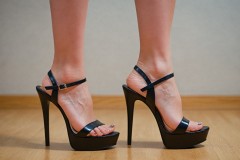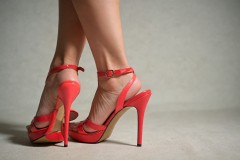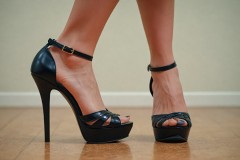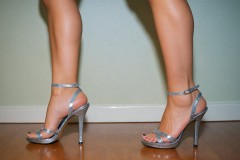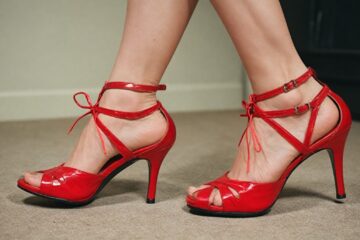High heels are much more than just footwear; they are a symbol of elegance, power, and femininity. For decades, these stylish shoes have been a staple in women’s fashion, elevating both stature and style. This blog post delves into the history, styles, and impact of high heels on fashion and culture, while also exploring their role in women’s empowerment.
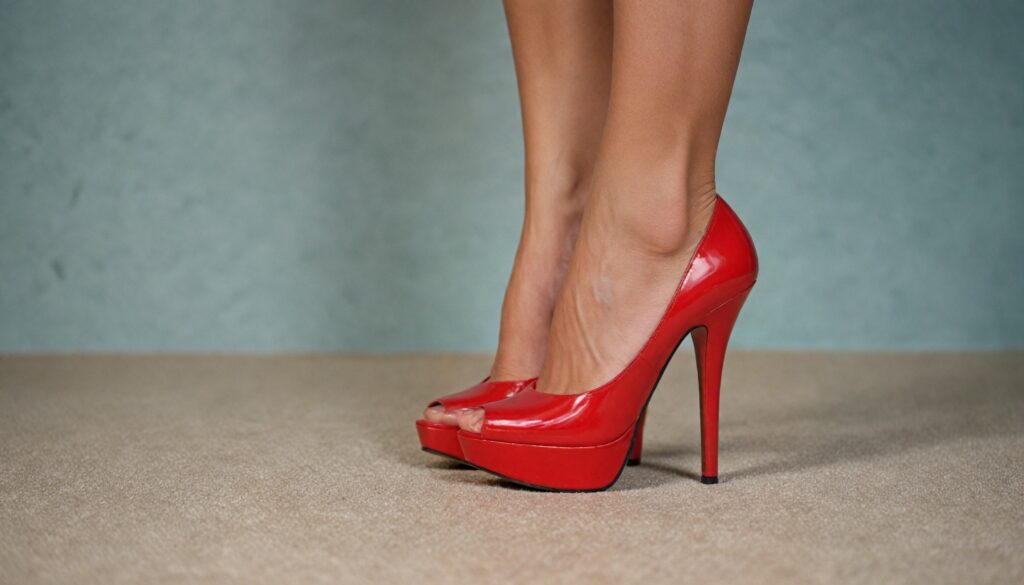
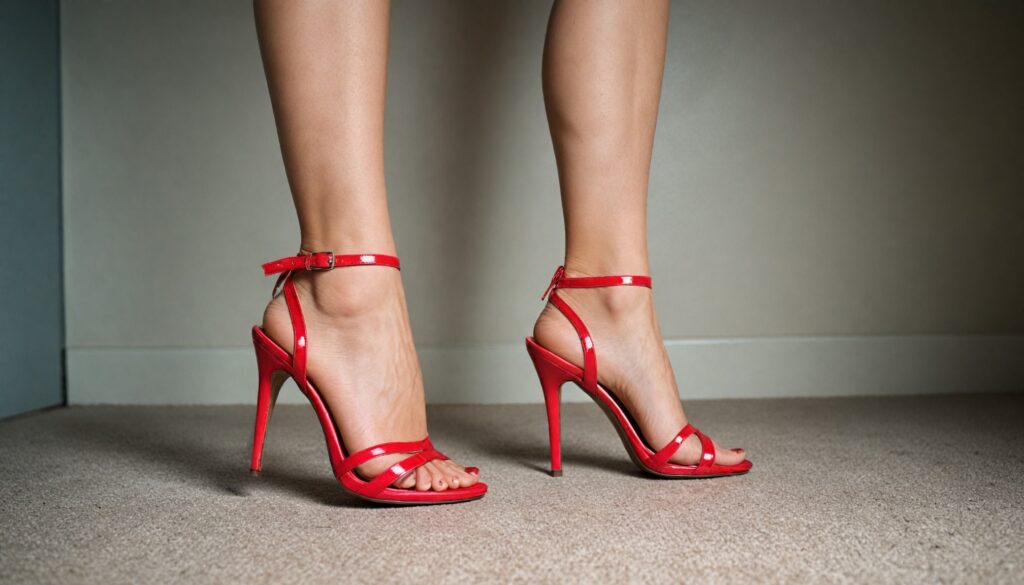
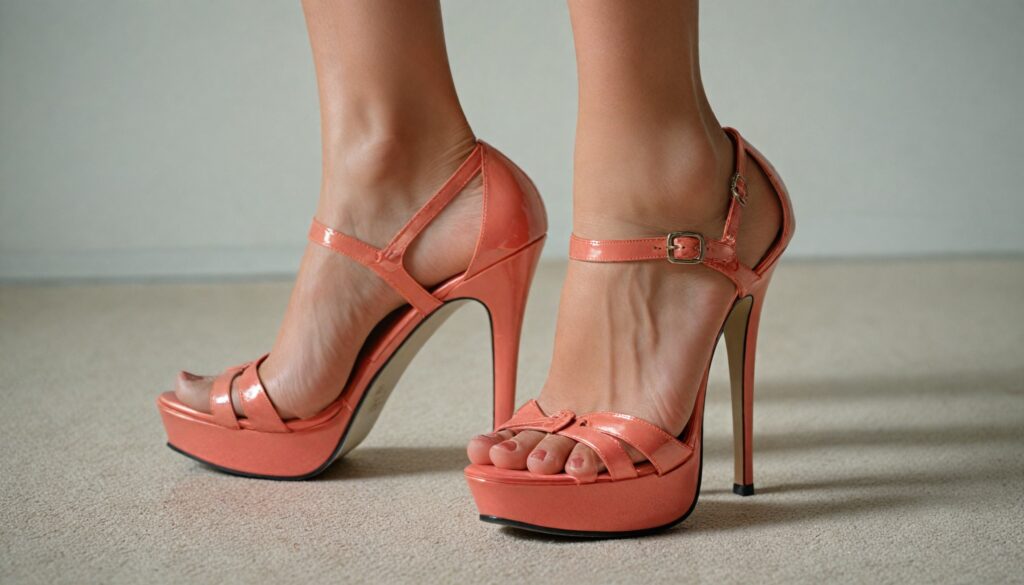
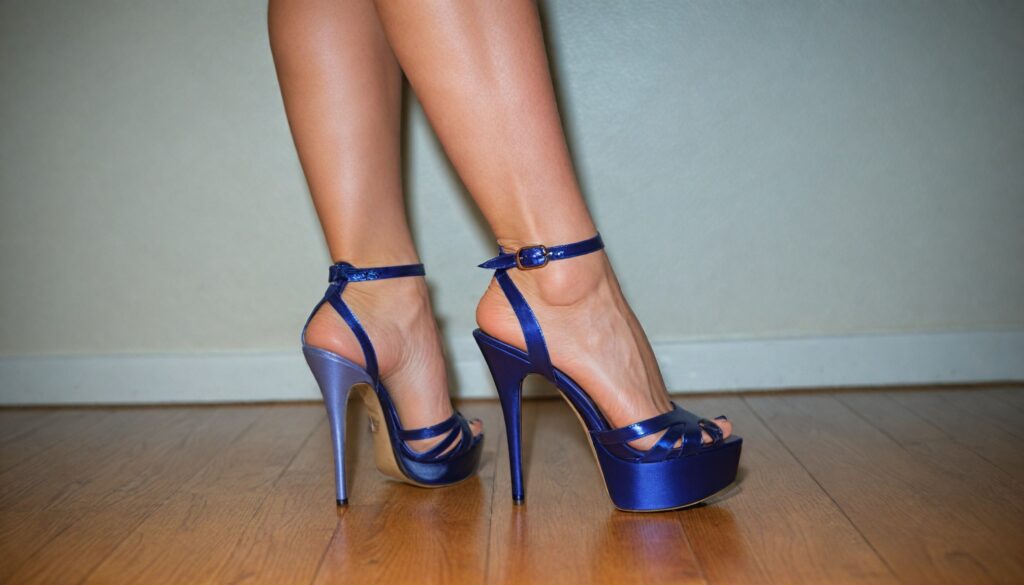
A Brief History of High Heels
High heels have a long and varied history that dates back centuries. Originally worn by men and women, they were used for both practical and fashion purposes. Here’s a brief timeline of their evolution:
- Ancient Origins: The earliest known use of high heels dates back to ancient Egypt, where they were worn by both men and women during ceremonial events. The elevated heel helped the wearer stay above the dirt and grime on the ground.
- Medieval Europe: In the 15th century, Persian horse riders wore heeled shoes to help keep their feet in the stirrups. These shoes were later adopted by European aristocrats, symbolizing status and power.
- The 17th Century: High heels became a fashion statement in the 17th century under the influence of French royalty. King Louis XIV famously wore red-heeled shoes, and the style quickly spread throughout the European aristocracy.
- 20th Century to Present: In the 20th century, high heels became a defining element of women’s fashion. Designers like Salvatore Ferragamo and Christian Louboutin transformed high heels into art forms, with innovative designs and signature styles.
The Anatomy of High Heels
Understanding the anatomy of high heels can help appreciate the craftsmanship and design that goes into making these shoes. Here are the key components:
- Heel: The most defining feature, the heel can vary in height, thickness, and shape. Common types include stiletto, block, kitten, and wedge heels.
- Toe Box: The front part of the shoe that encases the toes. It can be pointed, round, square, or open (peep-toe).
- Upper: The part of the shoe that covers the foot. This can be made from various materials, including leather, suede, satin, and synthetic fabrics.
- Sole: The bottom part of the shoe, typically made from leather, rubber, or synthetic materials, providing support and durability.
Popular Styles of High Heels
High heels come in a variety of styles, each suited for different occasions and preferences. Here are some of the most popular styles:
- Stiletto Heels: Known for their long, thin heel, stilettos are the epitome of elegance and sophistication. They are perfect for formal events and nights out.
- Block Heels: Offering more stability and comfort, block heels have a thicker heel that makes them ideal for all-day wear while still looking chic.
- Kitten Heels: With a short, slender heel, kitten heels are perfect for those who want a slight elevation without the height of a stiletto. They are great for both professional and casual settings.
- Wedge Heels: Providing even weight distribution, wedge heels are comfortable and stylish, making them a popular choice for summer wear.
- Platform Heels: Featuring an elevated sole in addition to the heel, platform heels offer extra height and are often more comfortable than traditional high heels.
The Impact of High Heels on Fashion and Culture
High heels have had a profound impact on fashion and culture. They are often associated with elegance, professionalism, and empowerment. Here are a few ways in which high heels have influenced society:
- Fashion Statements: High heels have been used by designers to make bold fashion statements. Iconic designs like Louboutin’s red soles or Manolo Blahnik’s embellished heels are instantly recognizable and coveted.
- Empowerment: For many women, high heels represent empowerment and confidence. The added height can change one’s posture and presence, often making the wearer feel more assertive and self-assured.
- Cultural Symbolism: High heels are frequently depicted in media and art as symbols of femininity and sexuality. They are often used to convey a sense of power and allure in characters and personas.
The Practical Side: Tips for Wearing High Heels
While high heels can be stunning, they can also be challenging to wear. Here are some tips for wearing high heels comfortably:
- Choose the Right Fit: Ensure that your heels fit properly. Shoes that are too tight or too loose can cause discomfort and foot problems.
- Break Them In: Wear new heels around the house to break them in before wearing them out. This helps to soften the material and mold the shoes to your feet.
- Use Cushions and Inserts: Gel cushions and inserts can provide extra support and reduce pressure on the balls of your feet.
- Take Breaks: If you’re wearing heels for an extended period, take breaks to rest your feet. Alternating with flats can also help prevent strain.
- Practice Good Posture: Walk with your shoulders back and your head held high. This not only improves your posture but also helps to distribute your weight evenly.
